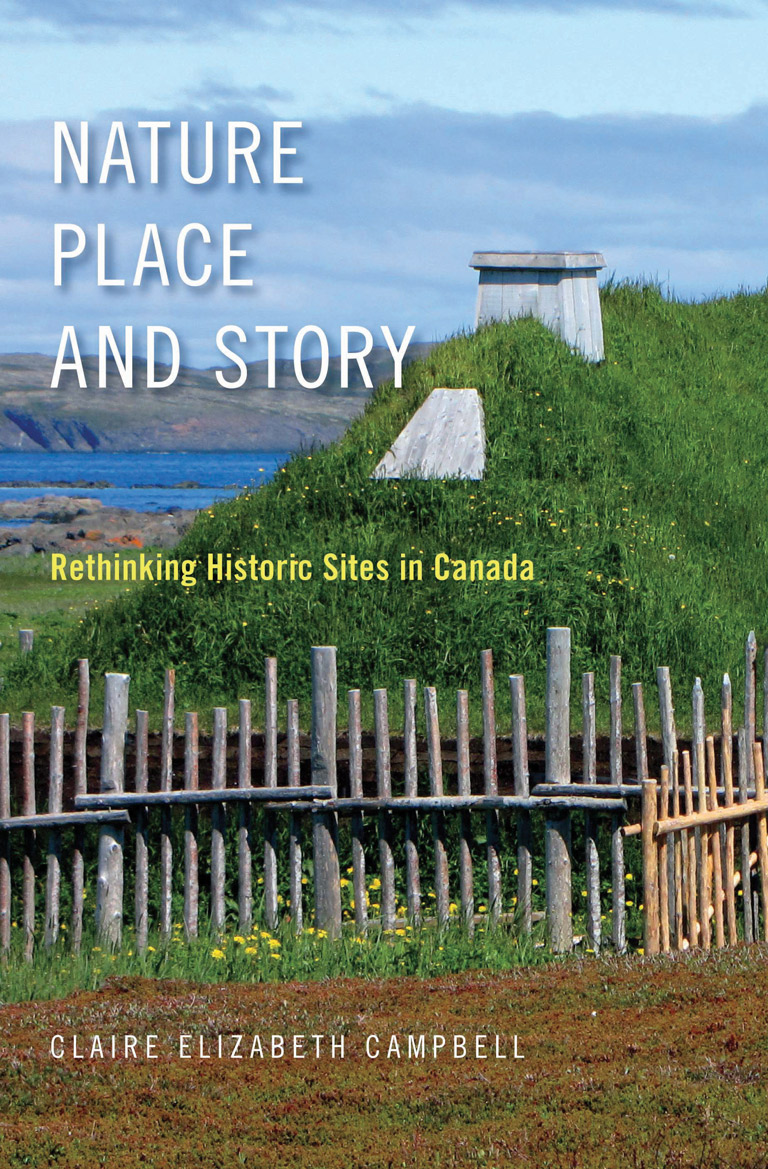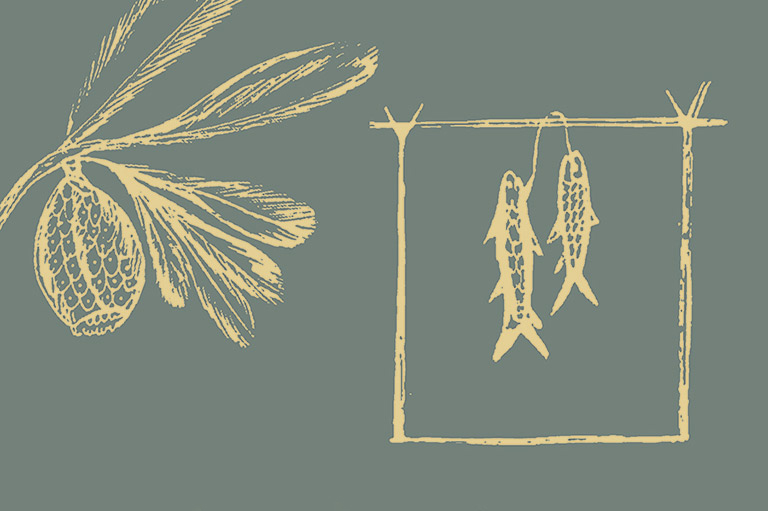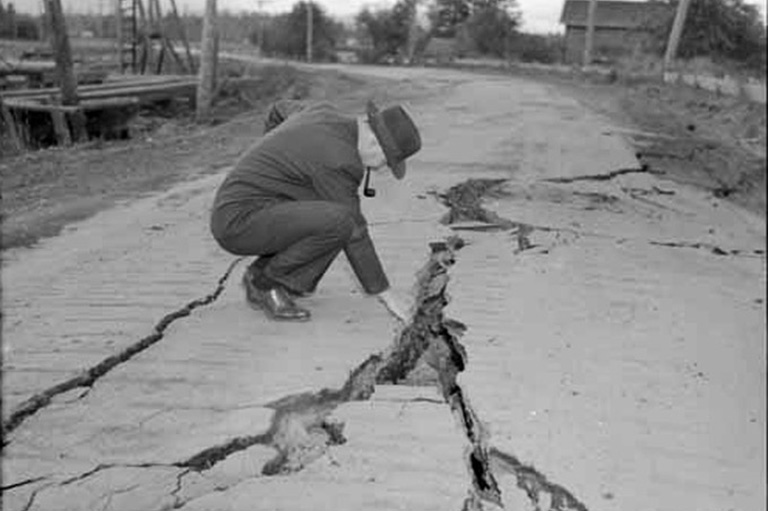Nature, Place and Story

Nature, Place and Story: Rethinking Historical Sites in Canada
by Claire Elizabeth Campbell
McGill-Queen's University Press
222 pages, $34.95
In Nature, Place, and Story, environmental historian Claire Campbell reframes the histories of National Historic Sites in Canada by shift ing the focus from the nation-building narrative Canadians are used to seeing at these sites. In emphasizing the relationship between humans and the natural environment, she reminds readers that historic sites are not meant to be islands of time or space, or a “break from the everyday” (in the words of Parks Canada), but, instead, “a mirror to our every day.”
Campbell, a Canadian historian working as an associate professor at Bucknell University in Philadelphia, notes that many museums and historic sites have failed to contextualize the environment in which they are situated.
Within her book, Campbell considers five well-known sites: Newfoundland and Labrador’s L’Anse aux Meadows, Nova Scotia’s Grand-Pré, Ontario’s Fort William, Manitoba’s The Forks of the Red and Assiniboine rivers, and Alberta’s Bar U Ranch. In doing so, she presents histories that incorporate the settler relationship with Indigenous lands and peoples while emphasizing what can be learned from considering the environment.

Our online store carries a variety of popular gifts for the history lover or Canadiana enthusiast in your life, including silk ties, dress socks, warm mitts and more!
Themes associated with this article
Advertisement






